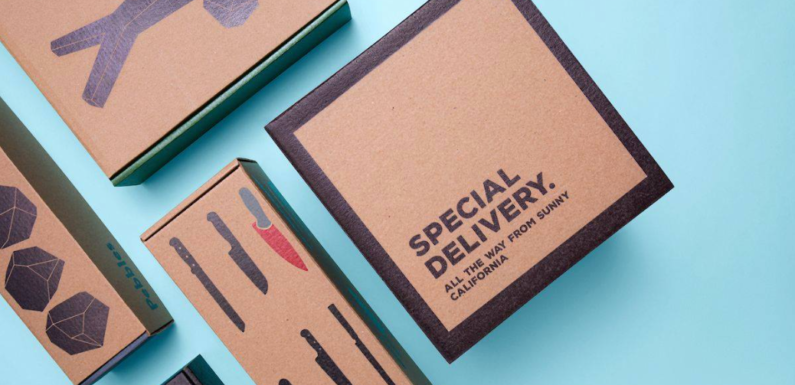
In today’s competitive environment, companies are continuously looking for methods to differentiate themselves and engage with customers on a deeper level. One effective strategy for accomplishing this is storytelling, and packaging design offers the ideal backdrop for brand storylines to unfold. In this post, we’ll look at the significance of narrative in product packaging design and how it may assist in developing emotional connections with customers.
1. Capturing Attention with a Narrative
Effective storytelling in packaging design starts with attracting the consumer’s attention. By incorporating a fascinating narrative into the packaging, marketers can engage customers from the minute they see the product on the shelves. A well-crafted tale engages and piques consumers’ interest, whether through images, text, or design aspects.
2. Communicating Brand Values and Identity
Storytelling in packaging design allows companies to communicate their values, mission, and identity to consumers. Brands may build a stronger connection with consumers who share similar values by communicating the narrative behind their brand, its beginnings, and devotion to specific ideas. This promotes brand loyalty and trust over time.
3. Creating Emotional Resonance
One of the most important features of storytelling in packaging design is its capacity to elicit emotions in customers. Brands may establish emotional resonance with customers by appealing to common human feelings like nostalgia, joy, or aspiration. Emotional ties promote brand loyalty and repeat purchases.
4. Developing Brand Authenticity
Authenticity is important in today’s consumer market, and narrative in packaging design helps firms to demonstrate their authenticity. Brands may gain customer confidence by providing true tales about the people, processes, and values that drive the product.
5. Differentiating from Competitors
In a congested market, storytelling distinguishes businesses by offering a distinct and memorable brand experience. Packaging design that conveys a narrative adds a point of difference to the product, making it stand out on the shelf and in the minds of customers.
6. Engaging the Senses
Packaging design storytelling extends beyond images to engage numerous senses, resulting in a completely immersive experience for customers. Everything in the packaging design, from the feel of the material to the sound of opening it, contributes to the storytelling experience.
7. Encourage Brand Advocacy
Consumers who feel emotionally invested in a company are more likely to become brand ambassadors, spreading the word to their friends and family. Packaging design that conveys a fascinating narrative not only cultivates devoted consumers but also brand ambassadors who actively promote the brand to others.
8. Aligning with Consumer Values
Today’s consumers are increasingly drawn to brands that share their values and views. Packaging design that offers a story about sustainability, social responsibility, or ethical behaviours appeals to consumers who value these qualities, resulting in increased brand affiliation and loyalty.
Conclusion
Storytelling in packaging design is an effective method for establishing emotional connections with customers, communicating brand values and identity, distinguishing oneself from rivals, and increasing brand legitimacy and advocacy. By building captivating storylines that connect customers on a deeper level, marketers can create package experiences that last long after the product is purchased. In a world where consumers are bombarded with options, narrative distinguishes businesses and fosters loyal, engaged customers who feel a true connection to them.

